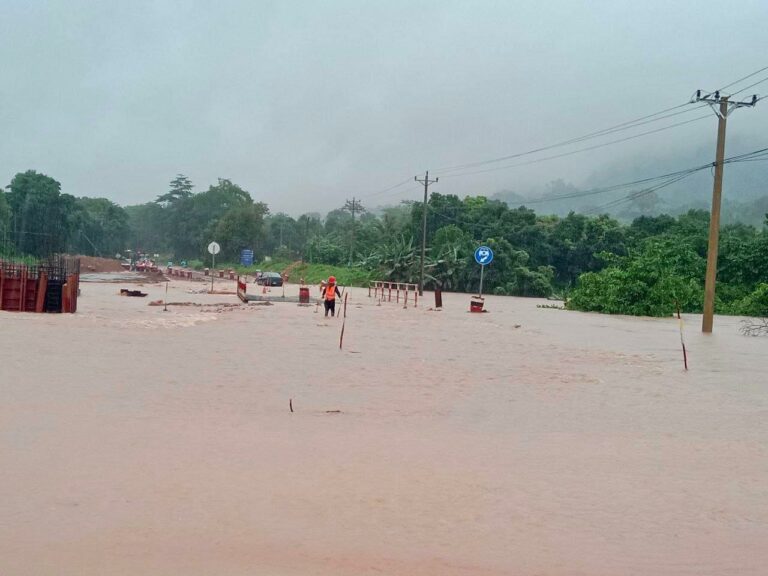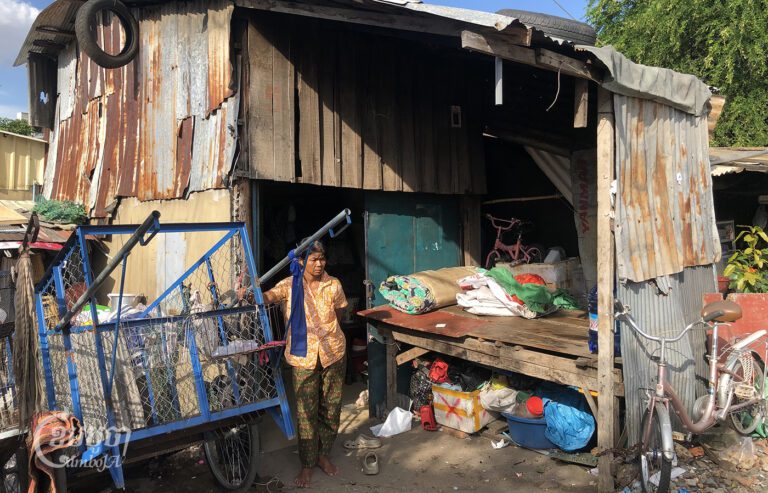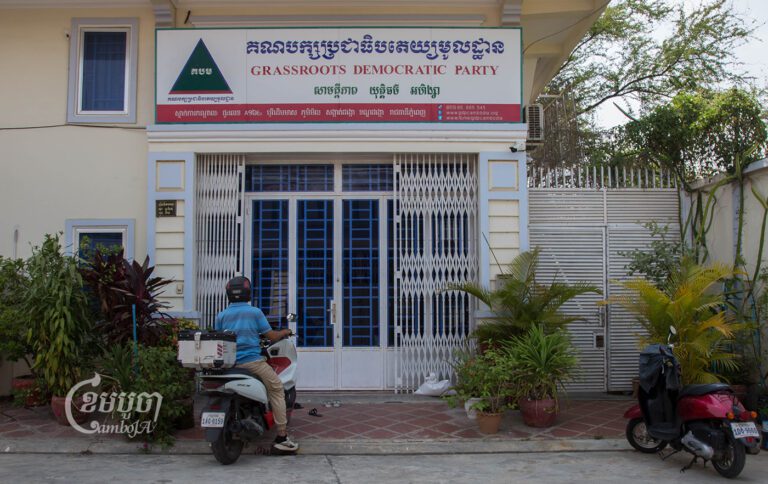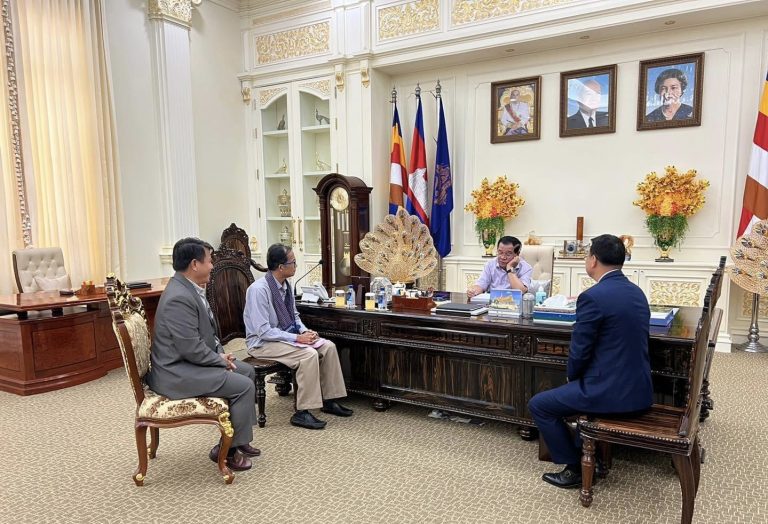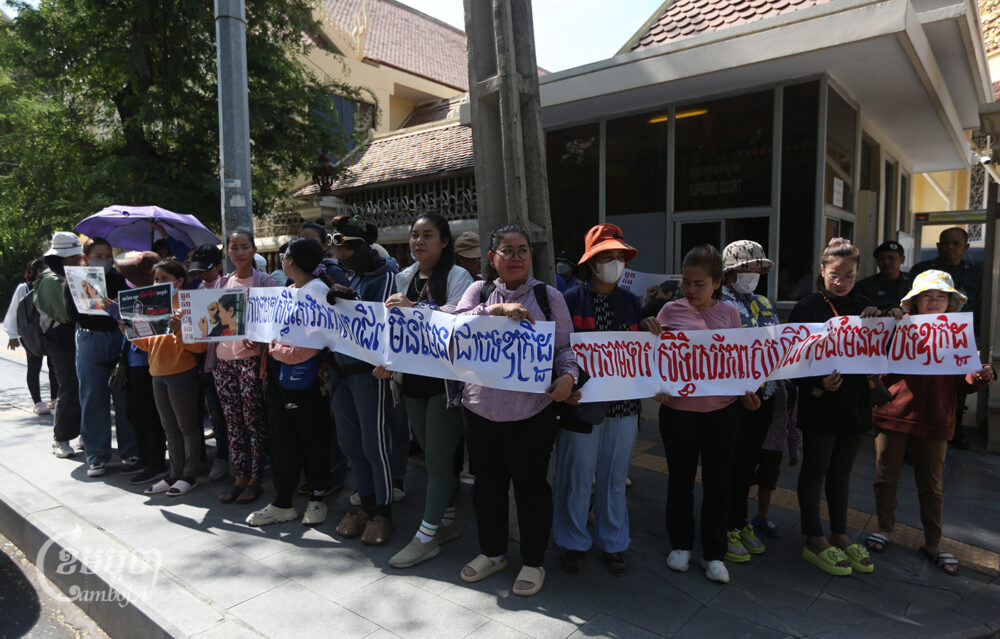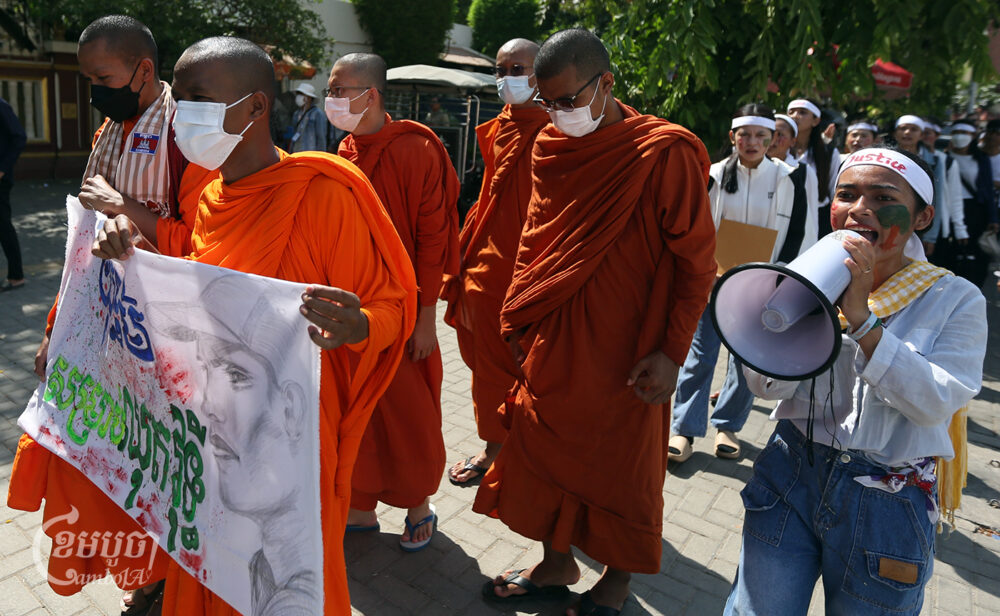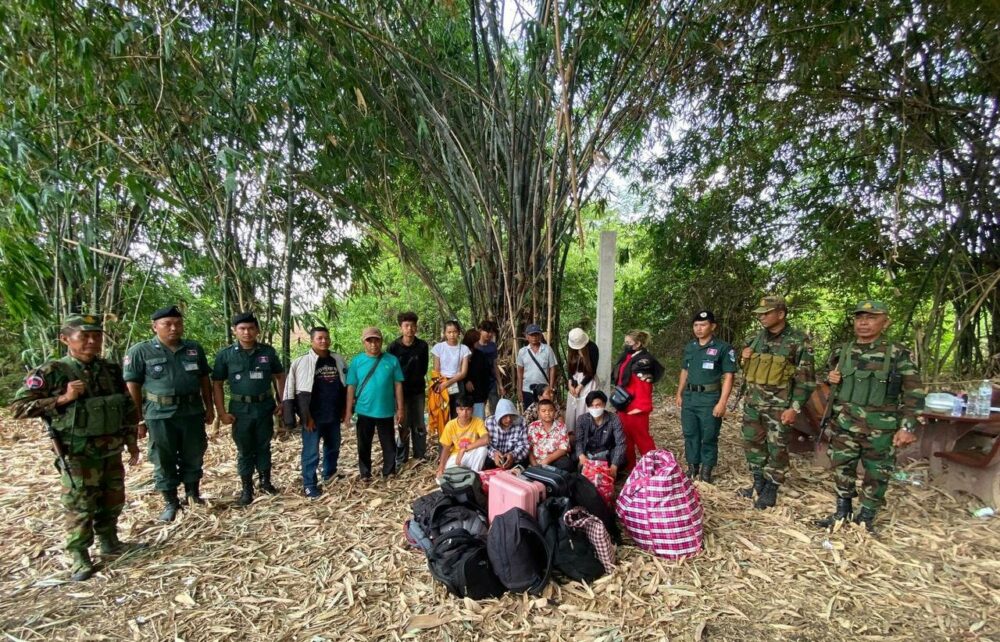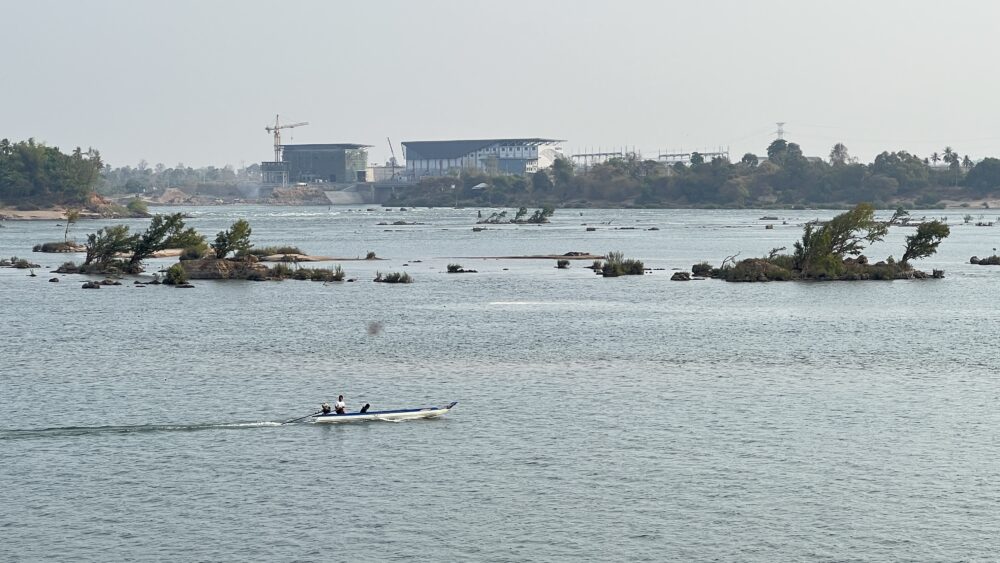As workers began heading out for lunch in central Phnom Penh last week, a grey-haired cyclo driver smiled and waved, hoping to entice a fare. As had been the case nearly every other day that week, Choy Pech, 78, had failed to find a single passenger though he had been out since early morning.
Though their lives were already difficult due to the widespread adoption of taxis, tuktuks, and motos, cyclo drivers like Pech have particularly struggled amid the pandemic as they have lost critical tourist income.
“It is so difficult for us as cyclo drivers to find any income since the beginning of the pandemic until now. And our living conditions are not improving despite the current situation,” said Pech.
Pech said that he usually earns just 2000 to 3000 riels a day. Very occasionally, he will earn 10,000 riels, which he considers the most he can possibly earn.
“I often skip breakfast and wait until lunch. I do not have enough money to afford three meals in a day,” he said.
The cyclo driver said his life now largely depends on help from charities and members of the community who donate food, financial assistance, and clothes. Until tourists return, he said, there is no way he could support himself.
“I do have hopes that the tourists will come back so that I can earn more money to support my living. I am waiting for that day,” he said.

Surviving on well under a dollar a day, Pech is one of millions of Cambodians who live far below the poverty line. Even Pech’s highest earning days have him below that line. Last month, the government released poverty figures for 2020, as well as updated standards to a measurement that hadn’t been revised since 2013. With a poverty line of 10,951 riel income a day, some 2.8 million Cambodians — nearly 18 percent of the population — now fall under that.
“Among the people living below the poverty line in Cambodia, 4,2 percent live in Phnom Penh, 12,6 percent live in other urban areas and the poverty rate in rural areas is 22,8 percent,” said Minister of Planning Chhay Thorn, while speaking at a conference last month.
Thorn said the pandemic and its disastrous effects on Cambodia’s economy had greatly impacted overall poverty, though he noted that government programs to transfer cash to the country’s poorest had mitigated some of the worst effects.
A joint Ministry of Finance and UNDP survey carried out in 2020 showed that COVID-19 had caused a significant loss of jobs and income, especially for those working in the informal sector, according to Alissar Chaker, UNDP Cambodia’s resident representative.
Informal workers like Pech as well as employees in the hospitality and tourism sectors were hit the hardest by the pandemic.
“Children were also affected by school closure,” Chaker added. “The impact includes potential increase in school drop-outs due to prolonged school closures and the need for children’s contribution to earning additional income in poor households.”
The increase in drop-outs, she noted, would have knock-on effects for years to come, as children’s lost education would limit their future opportunities.
“A UNDP study estimates school closures in 2020 could produce a loss in the Human Development Index equivalent to the progress of the last four years,” she noted.
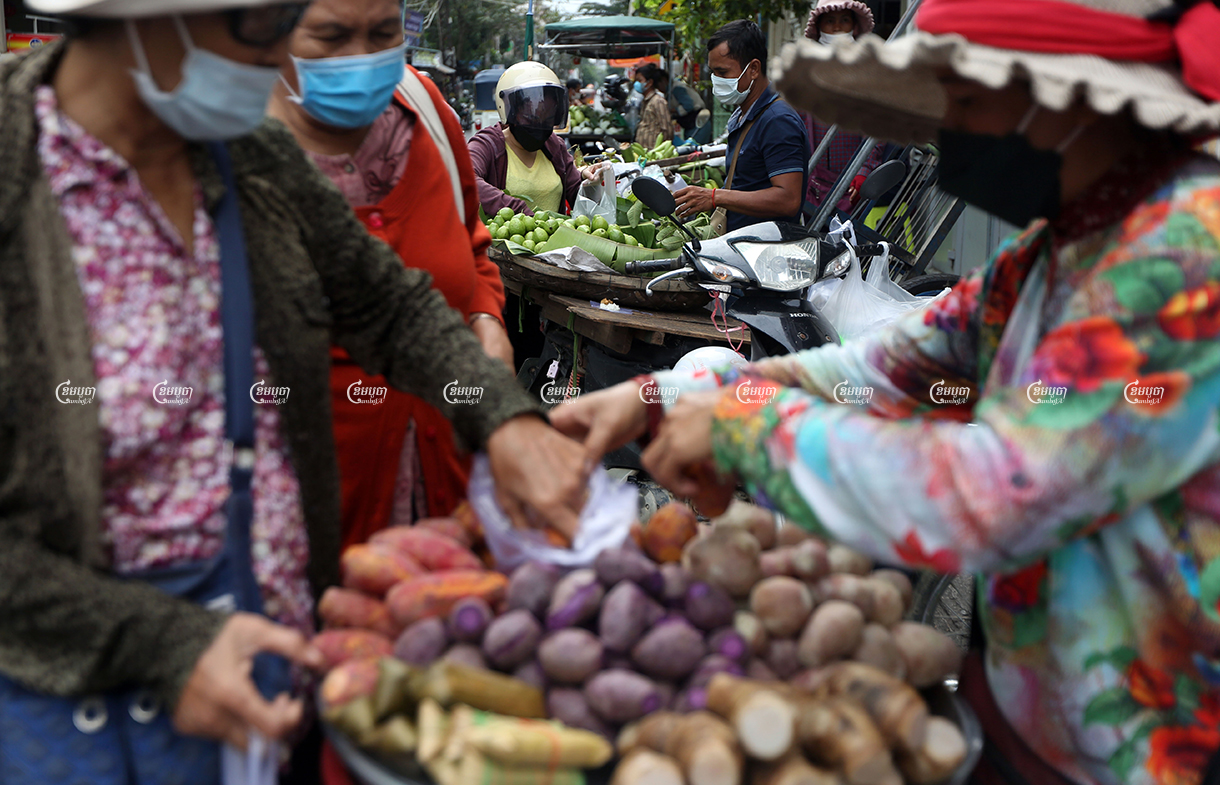
To help those who were severely affected during the pandemic, the Cambodian government has implemented social protection measures that have prevented an estimated 570,000 people from sliding back into poverty, according to Chaker.
Chaker said that after a successful vaccination campaign and various measures for economic recovery, the economy is expected to bounce back to a positive zone in 2021.
“According to UNDP projections for 2021, the GDP growth rate will likely range between 1.7 percent and 2.3 percent, with social protection and other economic stimuli in place,” she said.
Vorn Pao, executive director of Independent Democracy of Informal Economy Association, told CamboJA that the overall situation of informal workers’ living conditions has improved slightly since the government eased the restrictions and opened the country for vaccinated visitors. However, he said, informal workers still face many financial difficulties including hefty debt burdens.
“The government’s financial assistance program possibly could help those who are struggling financially during the COVID-19 pandemic, but it should be implemented effectively and transparently,” said Pao.



